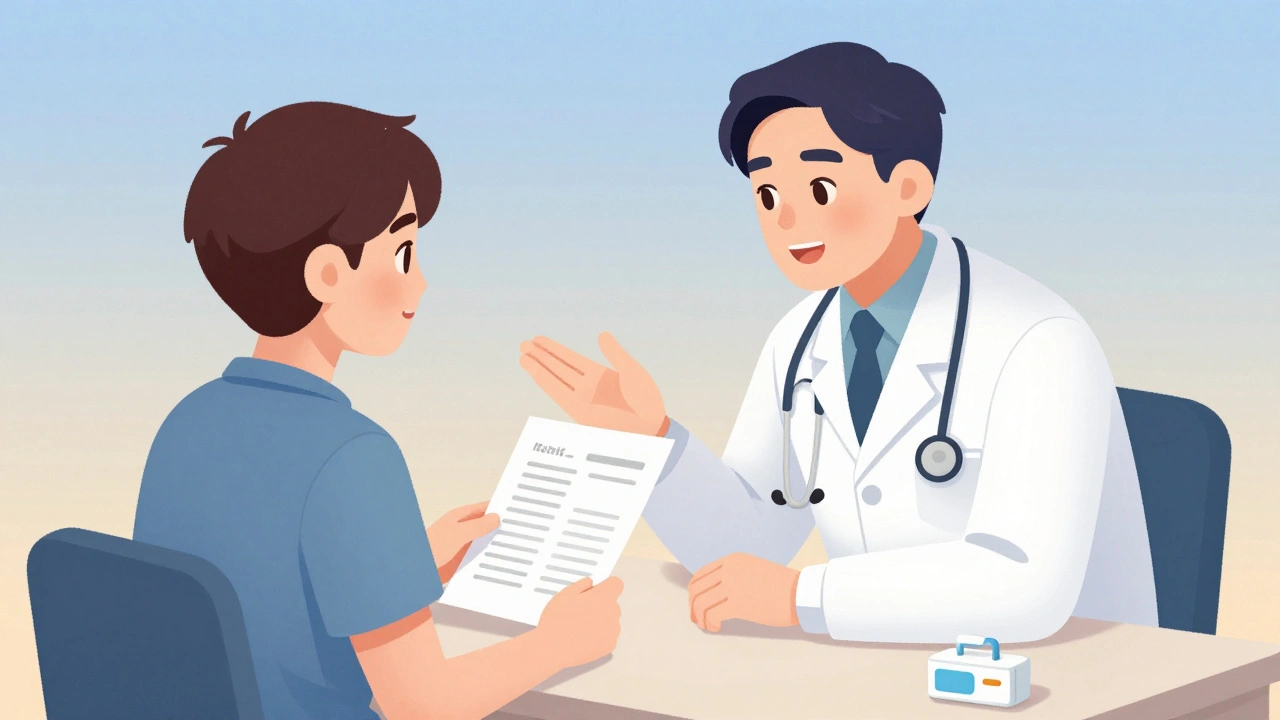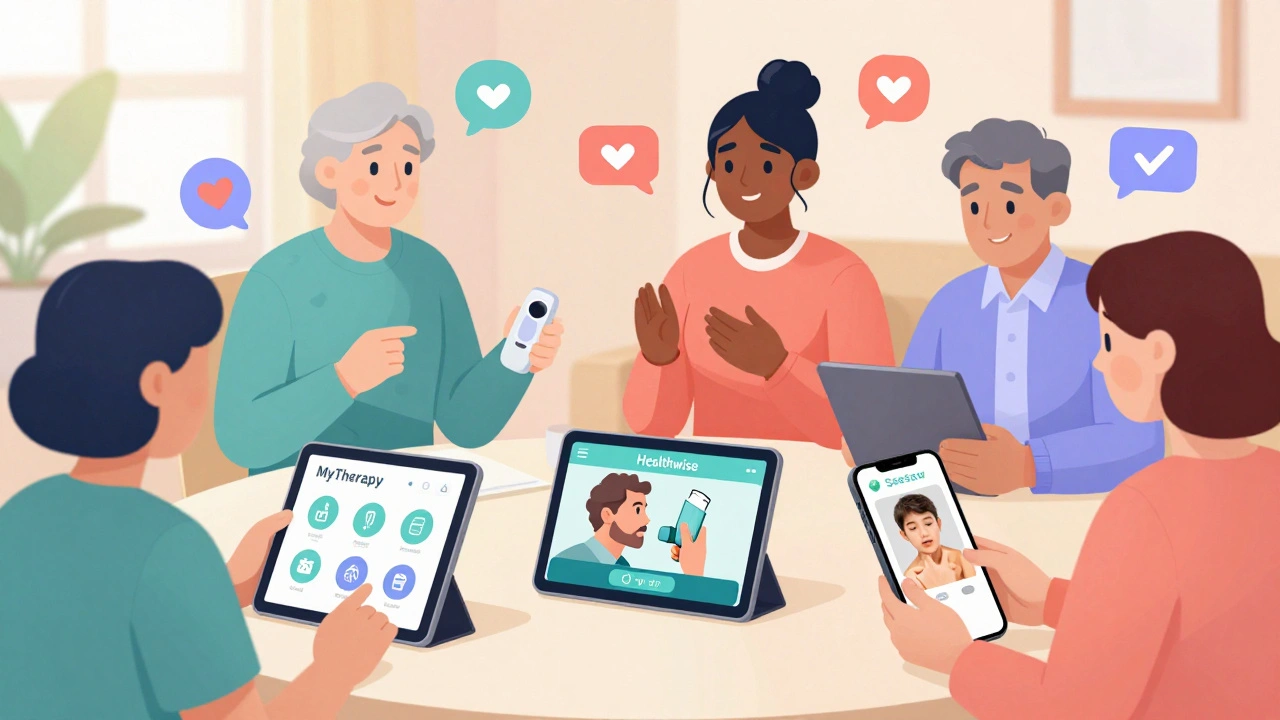Guide to Buying Meds, Choosing Alternatives, and Using Supplements Safely
Worried about scams, side effects, or picking the wrong supplement? This guide gives short, practical steps you can use right now to buy medicines safely, evaluate alternatives, and choose supplements that actually help.
Quick checklist for buying medication online
Start with verification. Legitimate pharmacies list a physical address, phone number, and require a prescription for prescription-only drugs. If a site sells controlled drugs without a prescription, walk away. Check for pharmacy accreditation — in the U.S. look for VIPPS or a national regulator in your country. Read recent customer reviews, but treat them as one data point, not proof.
Compare prices but don’t chase the lowest price alone. Super-cheap offers can hide counterfeit or expired products. Look for clear return policies, secure checkout (https and a lock icon), and tracking for shipments. If you need help, call the pharmacy — a real service line answers basic questions about orders and shipping.
Keep proof of purchase, photos of packaging, and batch numbers if you suspect a fake. For sensitive meds, confirm customs rules and delivery times to avoid interrupted treatments.
Choosing drug alternatives and supplements
When your doctor suggests an alternative or you want an option to a current drug, ask what outcome you want and what side effects you can tolerate. Alternatives often trade effectiveness for fewer side effects, different dosing, or lower cost. For example, if albuterol causes jitters, levalbuterol can be easier on the heart for some people — but it may cost more.
Supplements can help, but they aren’t regulated like drugs. Look for third-party testing seals (USP, NSF) and check ingredient lists for doses and fillers. Avoid products that promise miracle cures. If a supplement affects sleep, blood pressure, or mood, treat it like a drug and discuss it with your clinician — interactions are common.
Practical safety steps: keep a simple meds list (name, dose, reason, start date) and share it with every provider. Use one pharmacy when possible so pharmacists can spot dangerous interactions. Store meds as directed — some need refrigeration, others should stay dry and out of sunlight.
If you experience new symptoms after starting a medication or supplement, stop only if it’s safe, then call your doctor. For urgent reactions like trouble breathing, swelling, or severe rash, seek emergency care.
This tag collects short, clear guides — from where to buy Tizanidine safely to alternatives for antidepressants and tips on herbal supplements like Zizyphus or hops. Use these pieces to make smarter choices, ask better questions of your healthcare team, and protect your wallet and your health.





